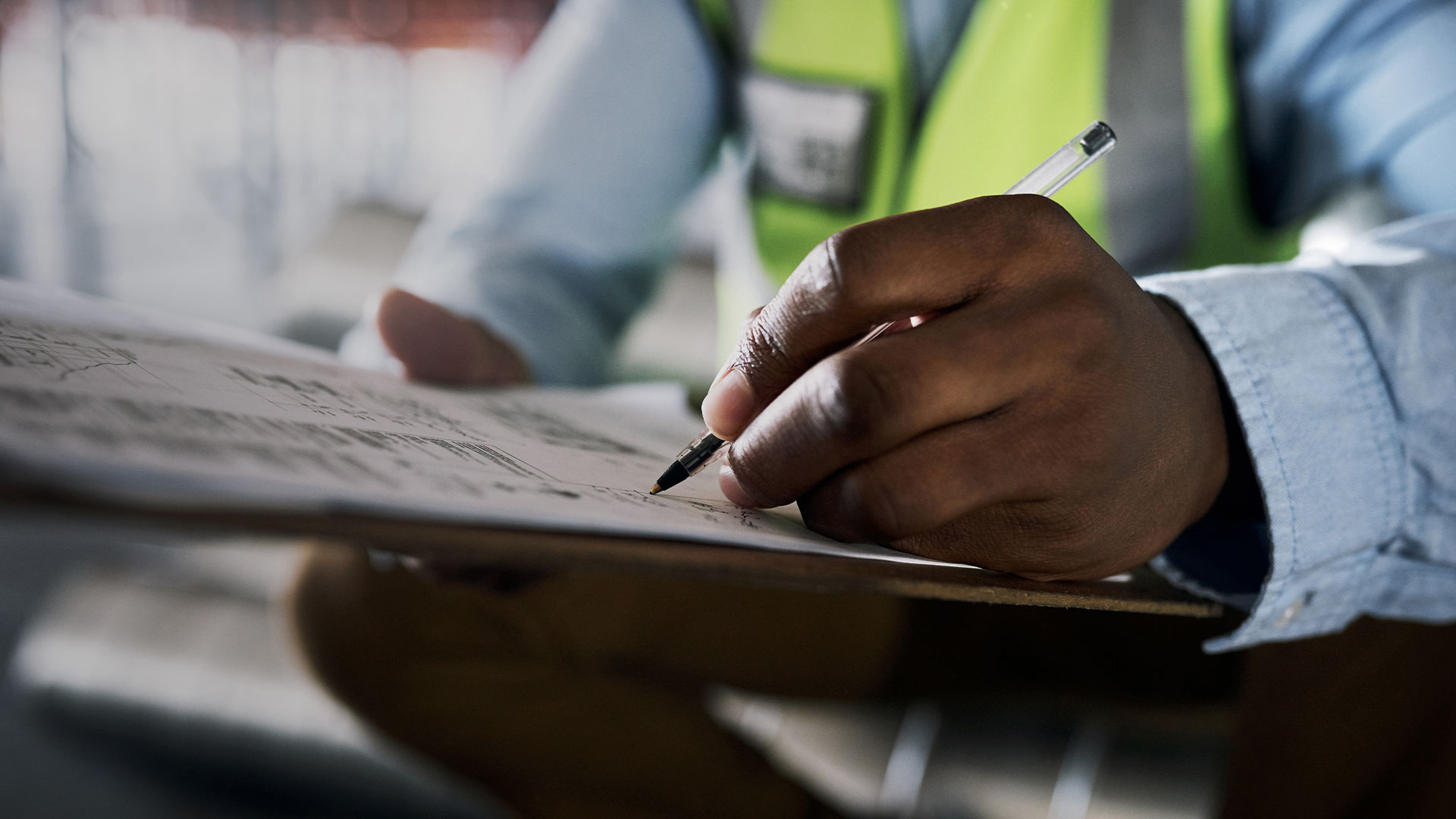We never know what the future holds, so investing in various forms of short-term insurance is a good money choice to protect you from unexpected events. However, insurance is meant to give you peace of mind – it shouldn’t add to your worries. That’s why it’s so important to check that you always have adequate cover.
If you’re underinsured, you run the risk of not having a loss fully covered by your policy, which can have a big financial impact on you and your family. To ensure your short-term insurance is the financial stress reliever it’s meant to be, you must make sure that the amount you are covered for is enough to replace or repair any insured item.
It isn’t enough to simply ‘have insurance’ – the amount for which you’re insured must be equal to the full current value of all the items covered in the policy.
We have some tips to help you prevent any nasty surprises when you need to make a claim.
What is underinsurance?
Underinsurance means that the sum insured on your policy – that is, the maximum amount you can claim in the event of a loss – is less than the cost of replacing or repairing the items insured. You won’t receive enough from the pay-out to cover the cost in full, and you will have to pay the difference.
When you make your final bond payment, be sure to add adequate building cover to your insurance portfolio
For example, if you’ve insured your house for R1 million, but the actual replacement value is R2 million, you’ve only covered 50% of the costs in the event of a loss. Your house is underinsured, and you would be responsible for covering the other half. Note that in this example, when we’re talking about building insurance, the market value of a property may be different to its replacement value, so it’s important to get expert advice on what the actual costs of replacing it would be.
Tips to avoid being underinsured
Having the right insurance cover in place starts with you giving your insurance provider the correct information. Provide a full list of all the items that need to be insured and the actual current replacement costs.
1. Make sure the sums insured include all the costs involved
a. Homeowner’s (building) cover
The sum insured should cover the cost of all the structures on the property like boreholes, swimming pools, solar panels and any walkways, including value-added tax. Building costs are charged per square metre and do not include the cost of construction, finishing and fittings.
b. Household contents
Any of your possessions that are not physically attached to the structure of your home must be covered by your household contents insurance. In addition to large items, such as furniture and appliances, household contents also include personal items like clothing and mobile devices.
2. Update your policy whenever necessary
Make sure you inform your insurer if you make changes that may require an increase in the sum insured. In the case of your homeowner’s cover, this means any renovations or additions. For household contents, make sure you include any new items purchased, such as a new sound system.
3. Review your policy every year to keep pace with inflation
The price of household items, building materials and construction increases every year because of inflation. Review your policy at least once a year to ensure that the sum insured still covers the current replacement value, not the amount you paid when you bought it.
4. Get an expert opinion
When taking out a policy for the first time or when adding new items to your policy, opt for an evaluation by a professional. Some items, like jewellery, may require a valuation certificate. Check with your insurer if you also need this for the items you’re insuring.
5. Bonus tip
When you buy your home, mandatory building insurance may be bundled with your home loan payments every month. It’s important not to let this cover lapse once your home loan is paid off, so when you make your final bond payment, be sure to add adequate building cover to your insurance portfolio.
We can help keep you adequately covered
Use the following tools to make sure you are adequately covered:
- A building replacement value calculator.
- An inventory form to keep track of your assets (we recommend that you update this once a year).
To talk to a risk advisor or consultant for expert advice about your insurance needs, complete our online contact form and we’ll call you back.








